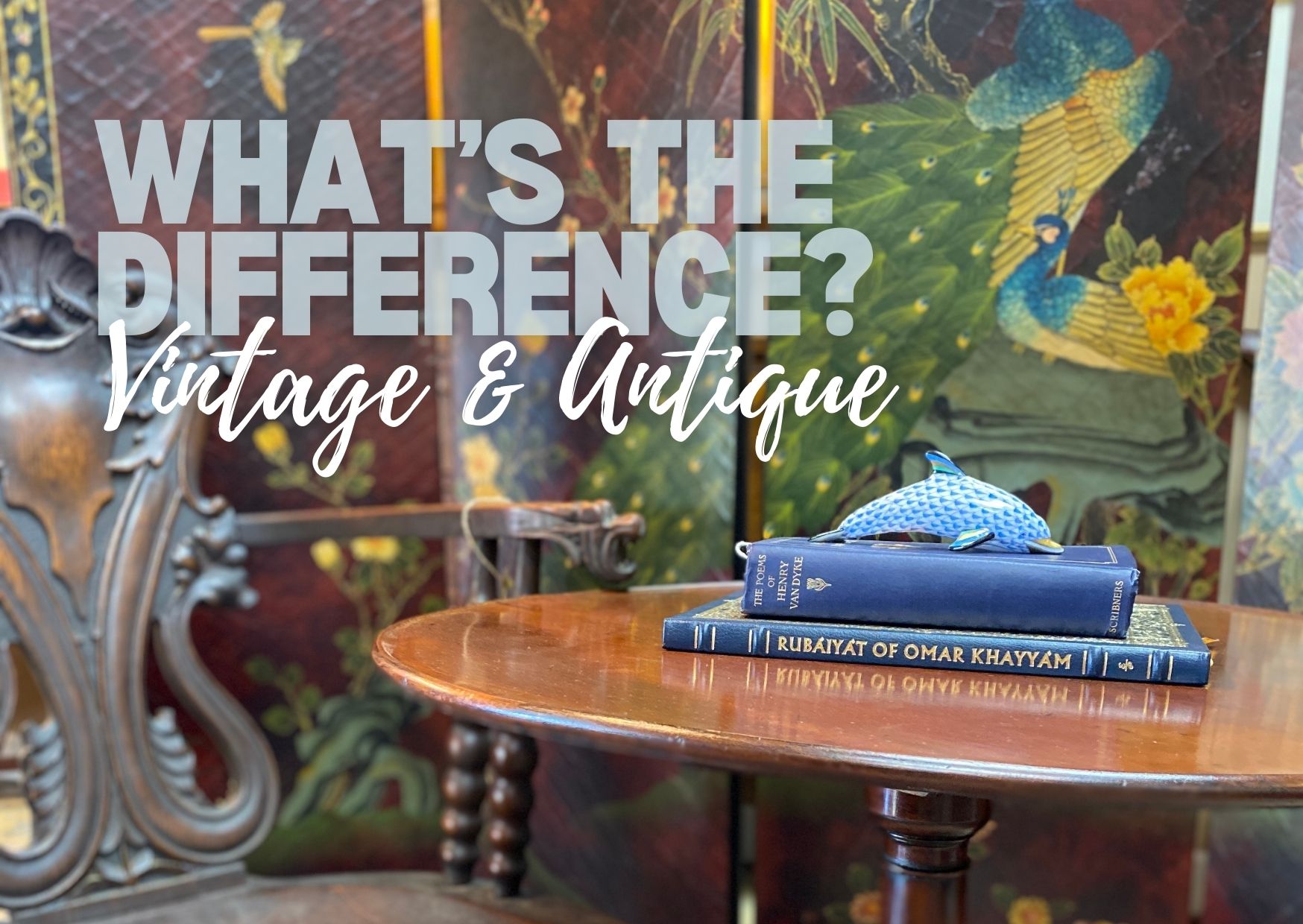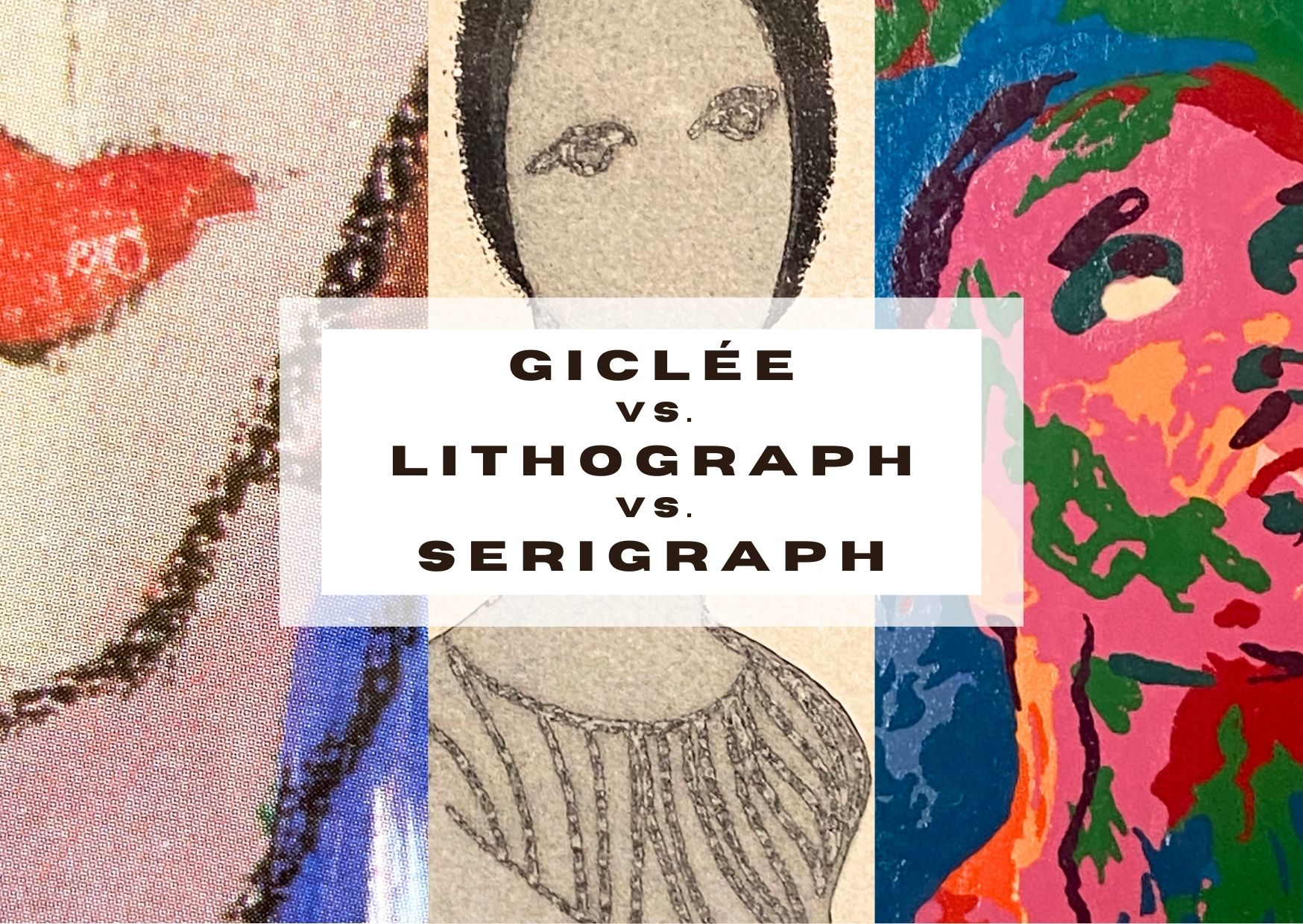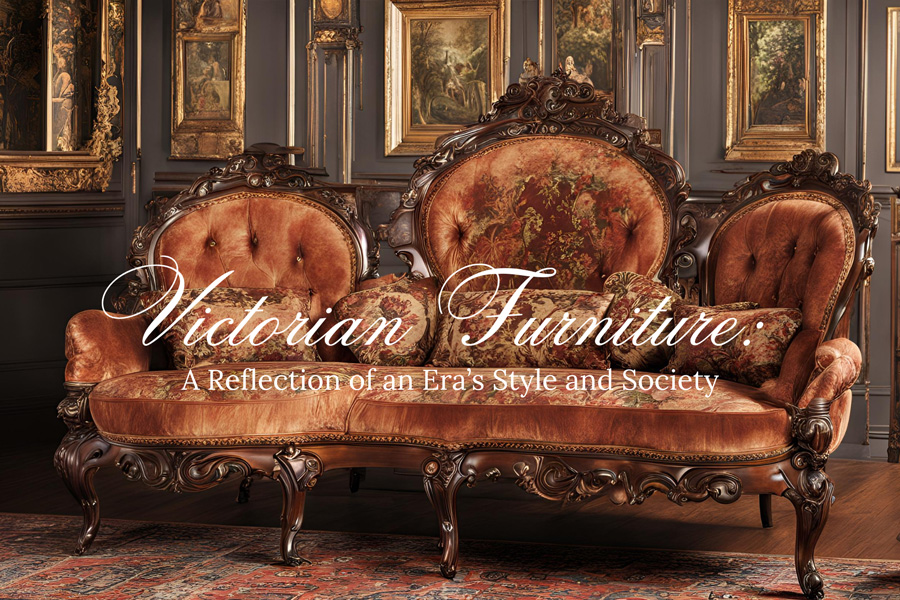Understanding the Differences Between Vintage and Antique
When shopping for unique pieces to add to your home, you may come across the terms “vintage” and “antique.” While both refer to items from the past, they have distinct meanings that can help you better understand the history and value of your finds. Let’s explore the key differences between vintage and antique.
1. Age
- Antique: An item is typically considered antique if it is at least 100 years old. This age requirement is widely recognized by collectors, appraisers, and dealers. Antiques often hold historical significance and are prized for their rarity, craftsmanship, and connection to a specific time period.
- Vintage: Vintage items are generally between 20 to 99 years old. Unlike antiques, vintage items don’t need to meet a specific age threshold, but they are often associated with a particular era, such as the 1950s or 1970s. The term “vintage” can apply to a broad range of items, from clothing and furniture to electronics and decor.
2. Historical and Cultural Significance
- Antique: Because of their age, antiques often reflect the design, materials, and craftsmanship of their time. They can offer a glimpse into the past, providing historical context and cultural insight. Antiques are often one-of-a-kind or produced in limited quantities, which adds to their allure and value.
- Vintage: Vintage items capture the style and trends of a more recent era. They evoke nostalgia and can be associated with particular movements, fashions, or cultural moments. While they may not be as old as antiques, vintage items often carry sentimental value and a sense of history that appeals to collectors and enthusiasts.
3. Value and Collectibility
- Antique: Due to their age, rarity, and historical significance, antiques are often more valuable and sought after by collectors. Their value can increase over time, especially if they are well-preserved and come with provenance or a known history.
- Vintage: Vintage items can also be valuable, particularly if they are in good condition, represent a specific style, or are linked to a notable designer or brand. However, their value is generally less than that of antiques, though certain vintage pieces, especially those that are rare or iconic, can fetch high prices.
4. Condition
- Antique: Given their age, antiques often show signs of wear, which can add to their charm and authenticity. However, the condition of an antique can significantly affect its value. Restored antiques may still hold value, but originality is often prized.
- Vintage: Vintage items can range in condition from nearly new to well-worn. The condition is a major factor in determining value, particularly for items like vintage clothing or electronics, where functionality and appearance are key.
Which Is Right for You?
Choosing between vintage and antique depends on your personal taste, the style of your home, and what you’re looking to achieve with your decor. Antiques might be ideal if you appreciate the charm and history of older pieces, while vintage items could be the perfect choice if you’re drawn to specific styles or eras.
Understanding these differences will help you make informed decisions when adding these timeless treasures to your collection, ensuring that each piece you choose reflects your appreciation for history, style, and craftsmanship.








